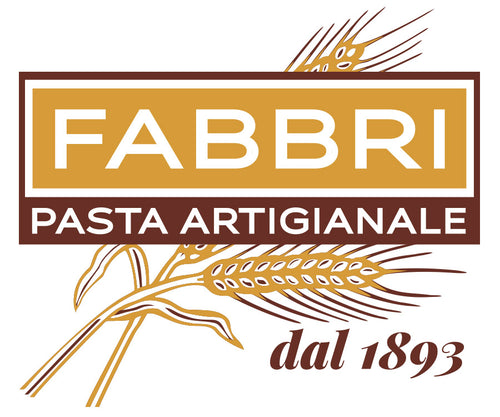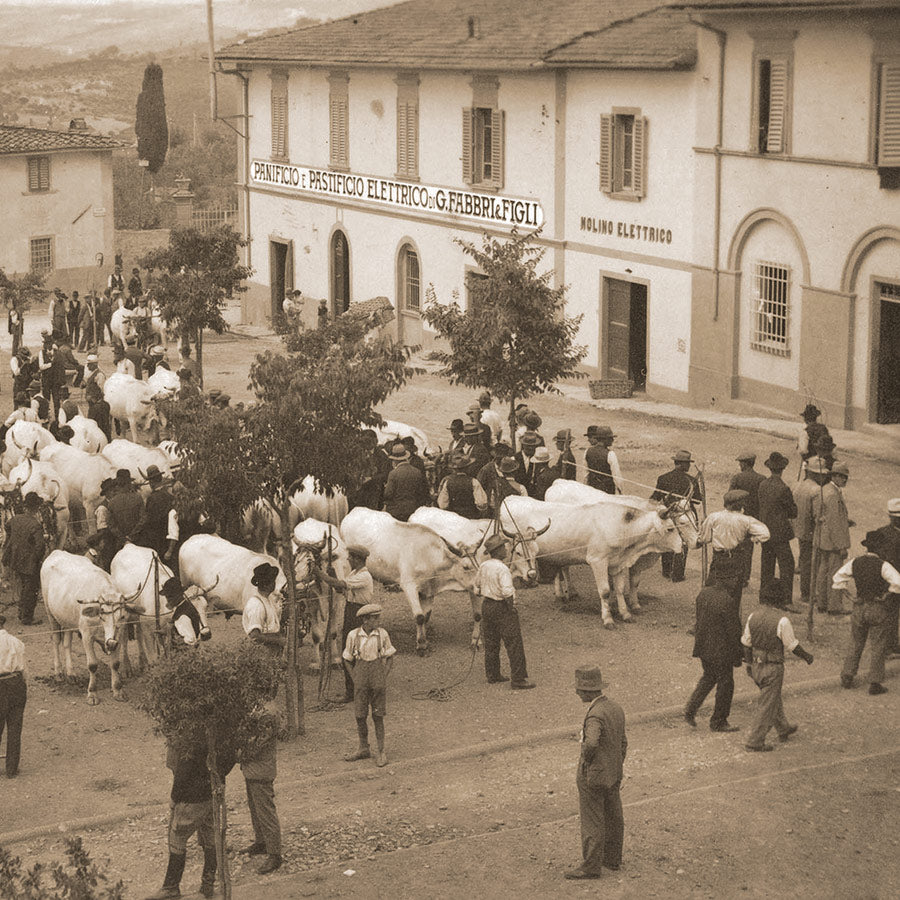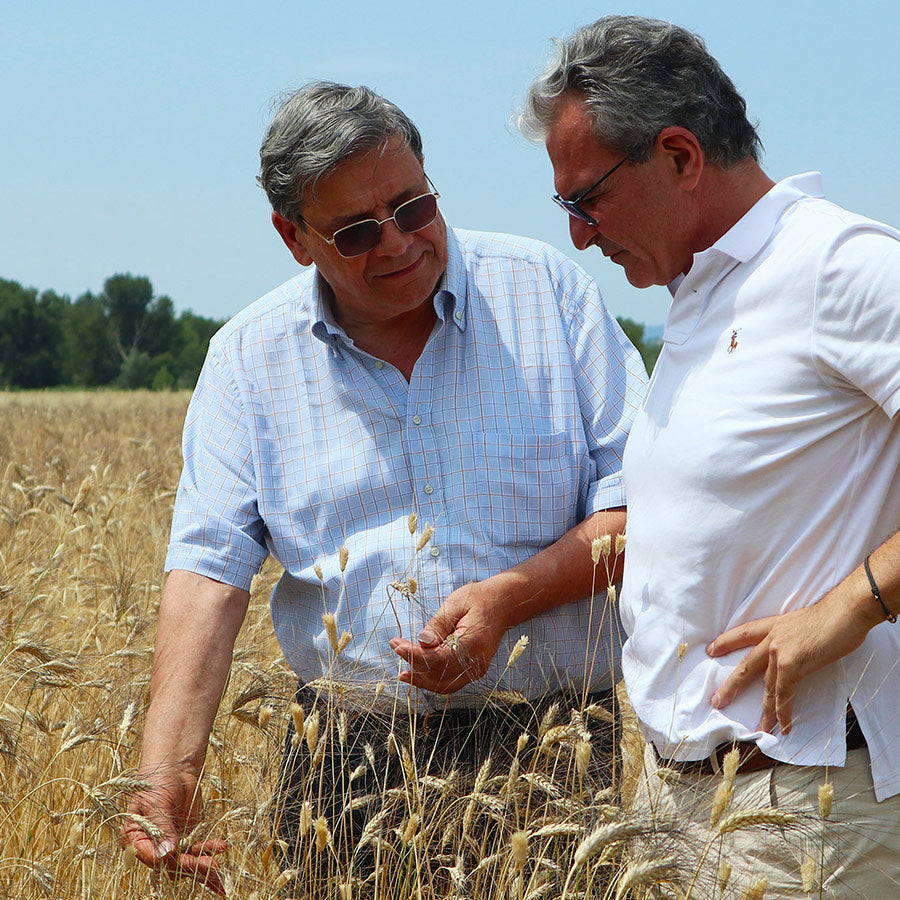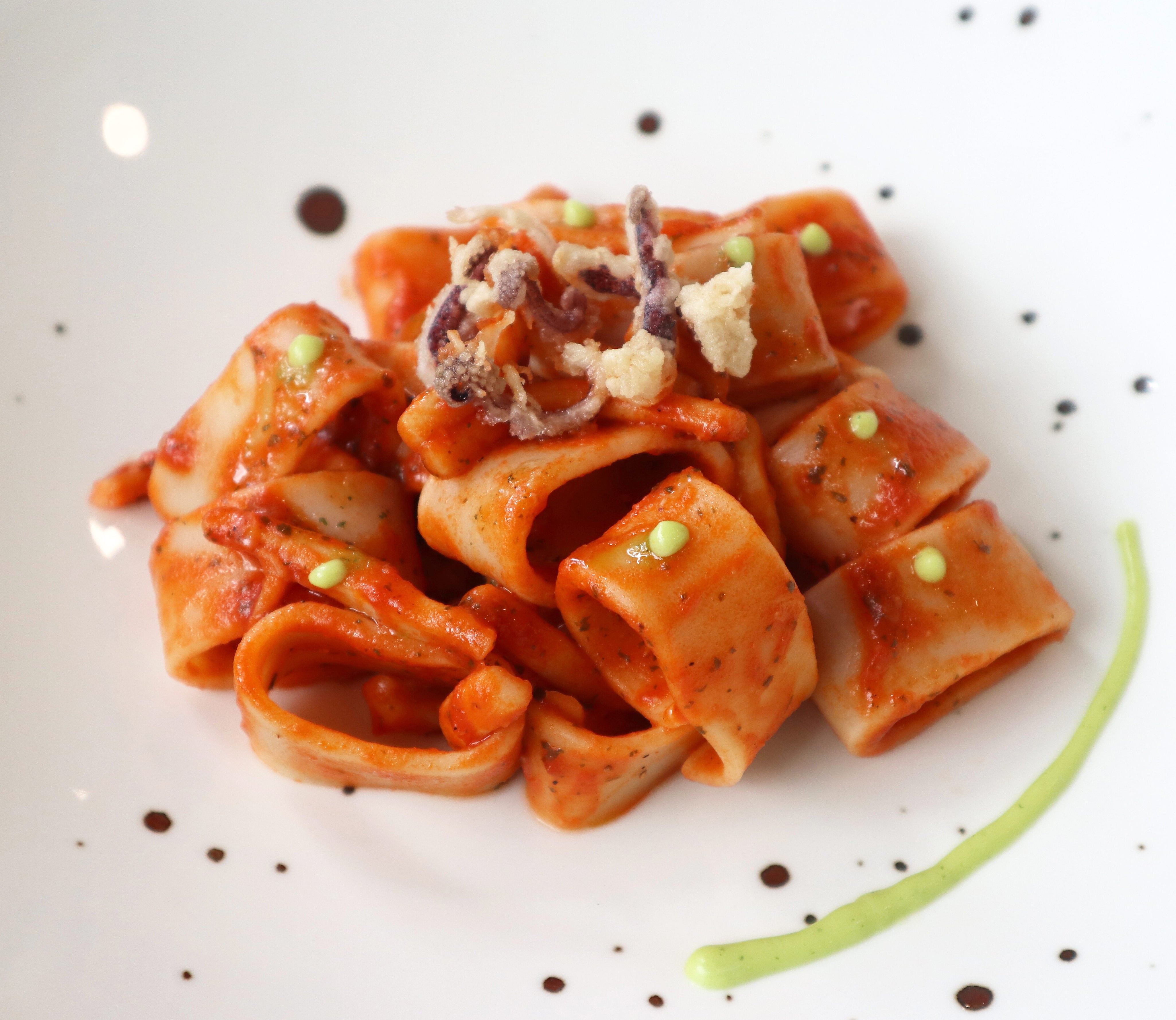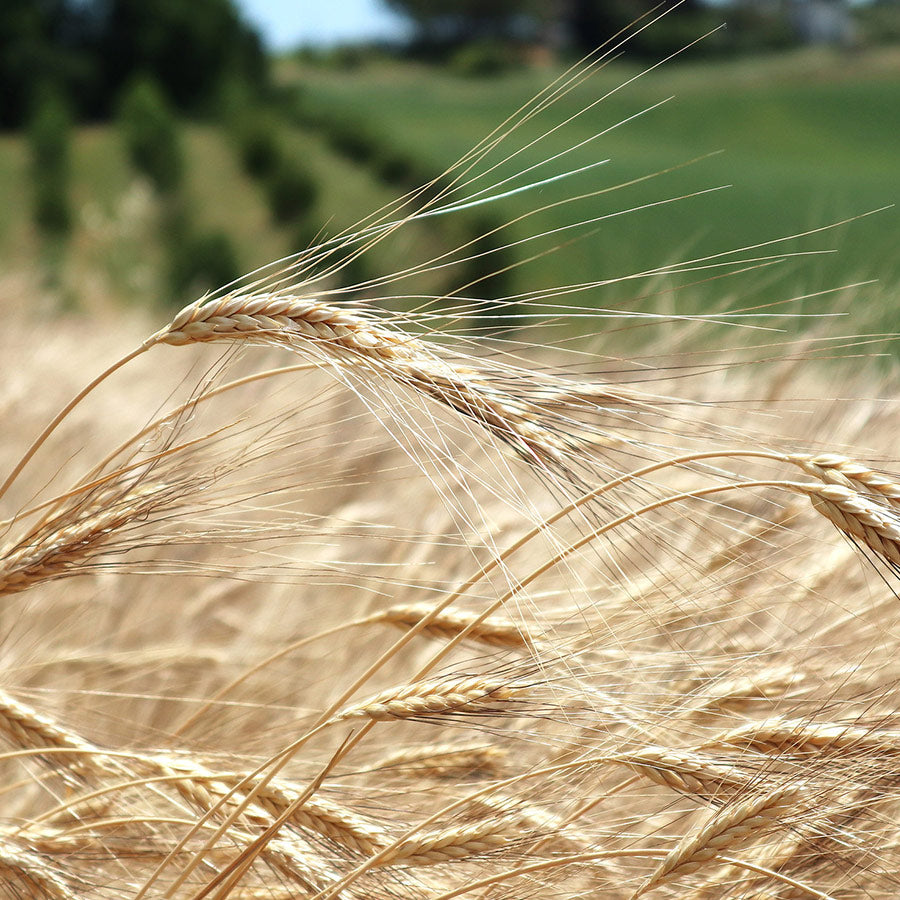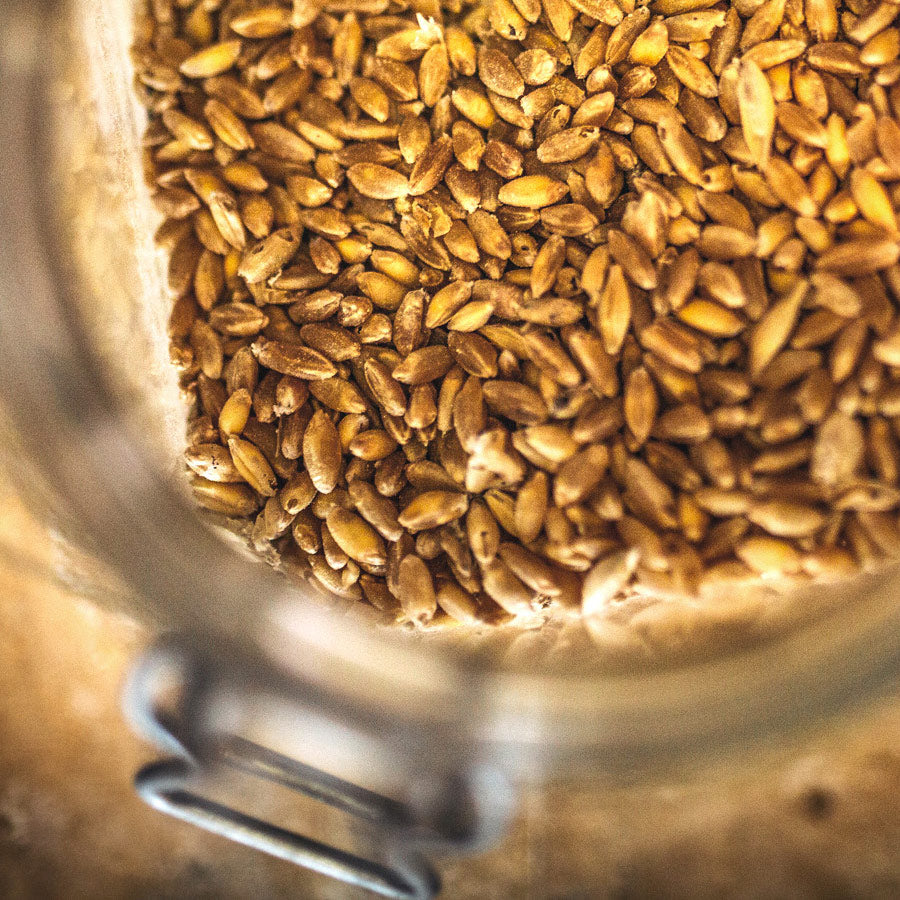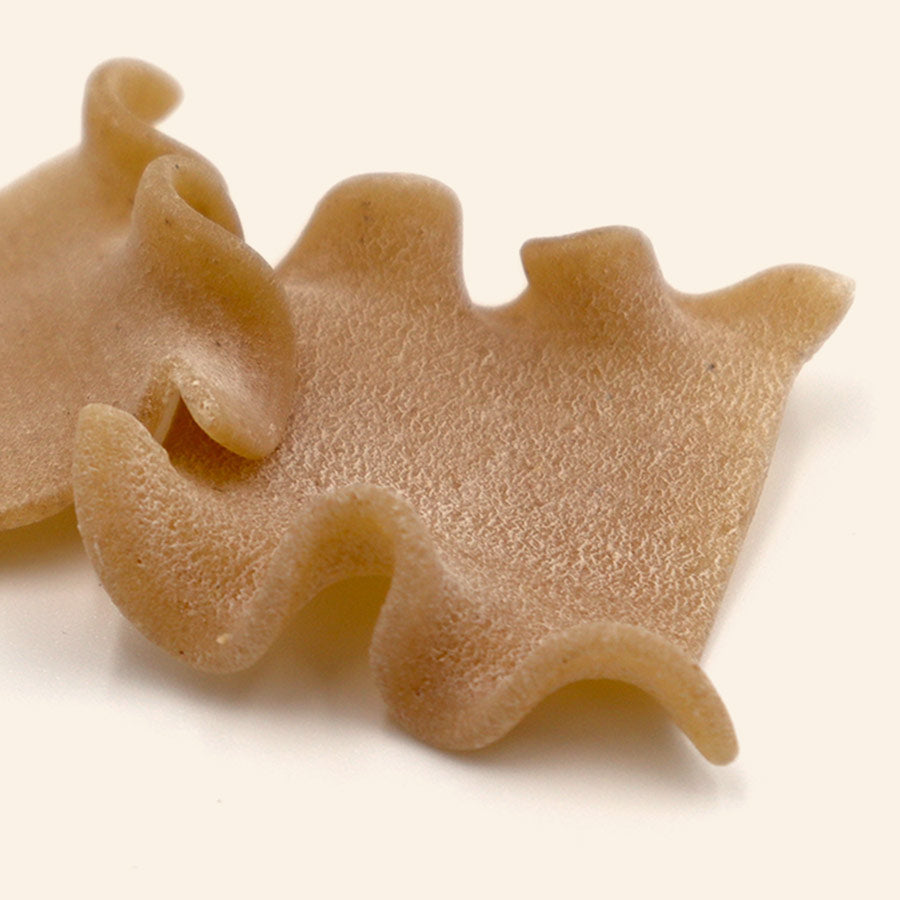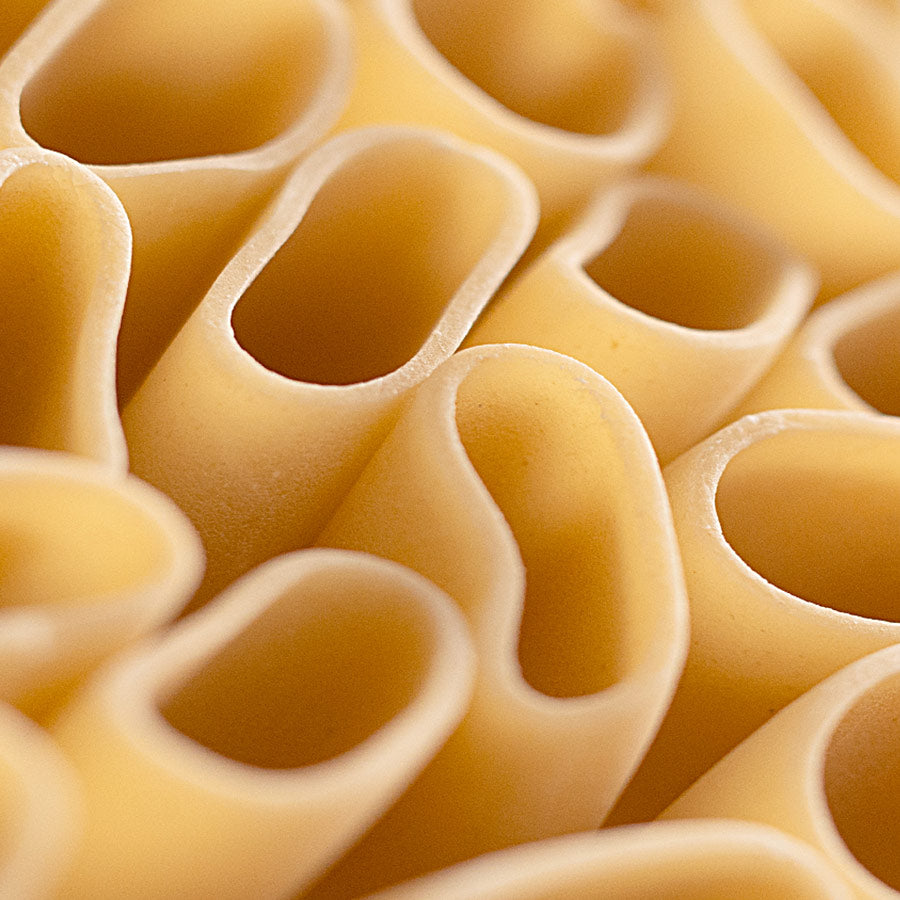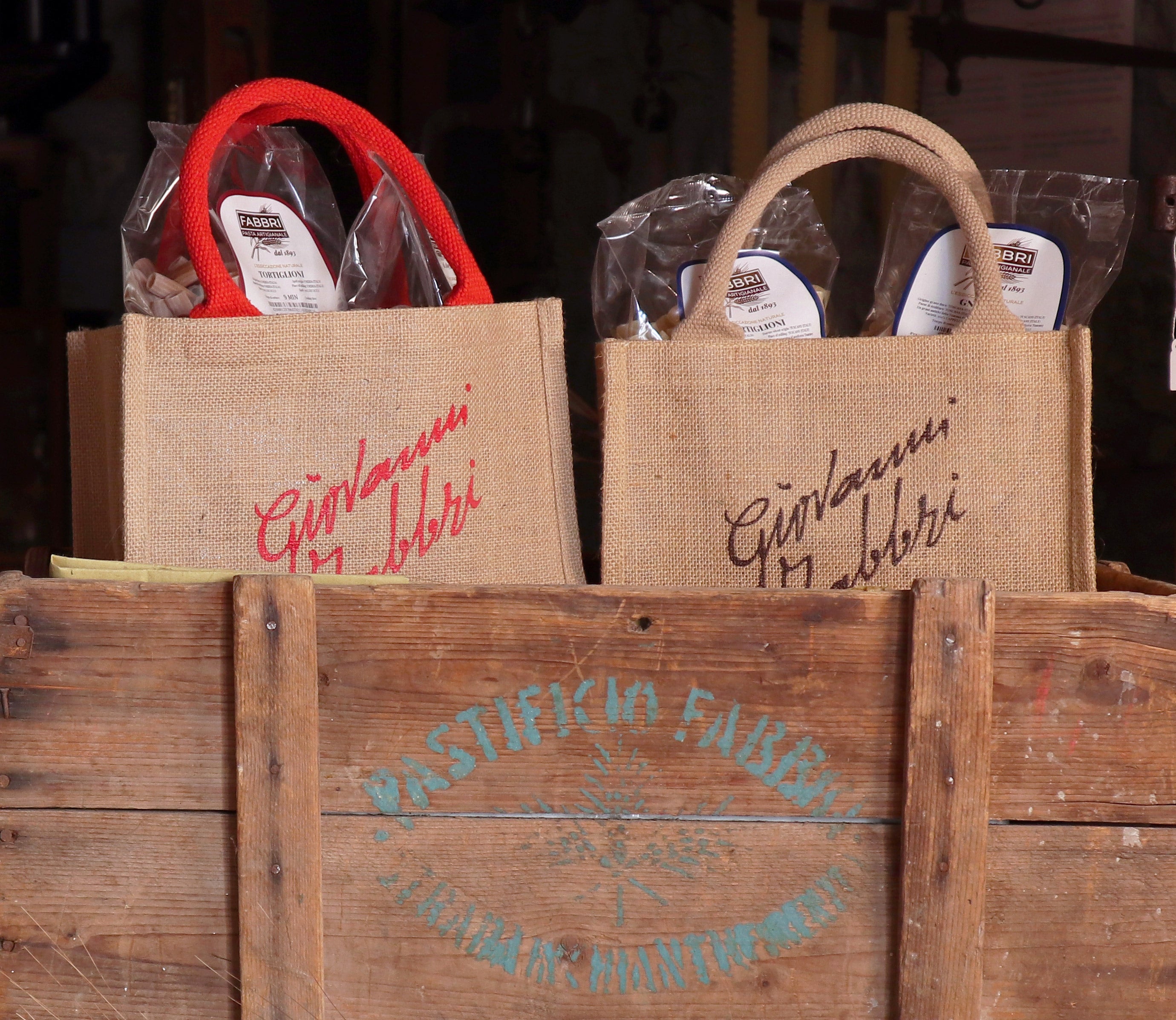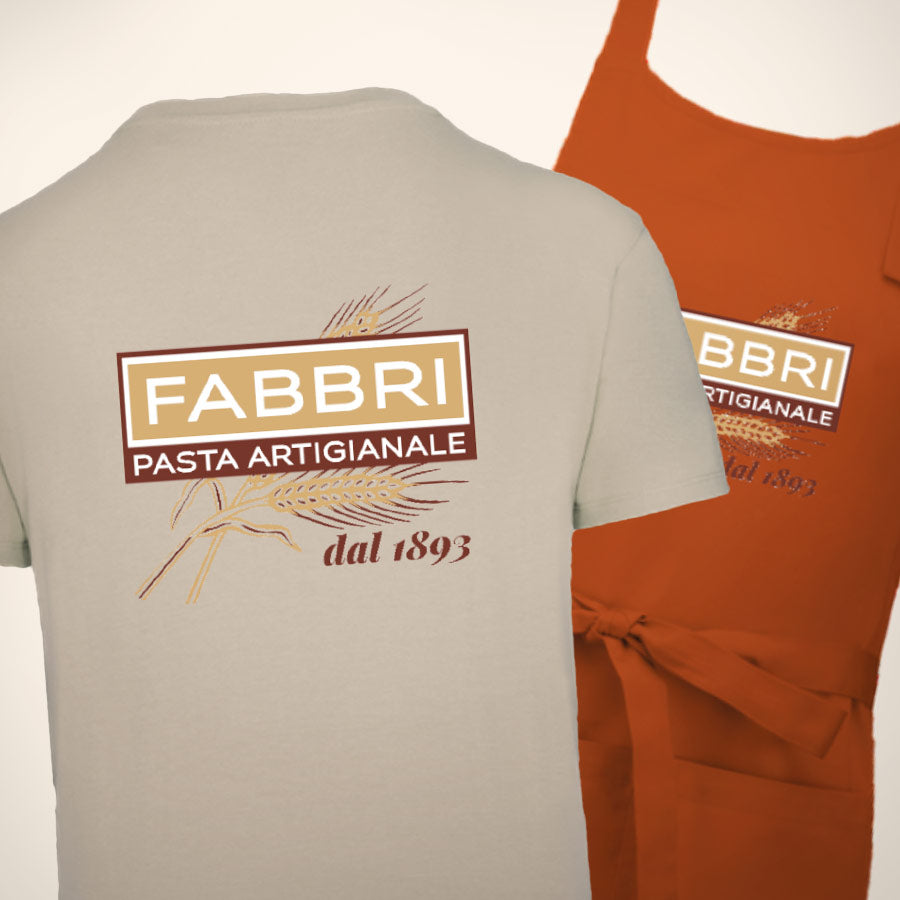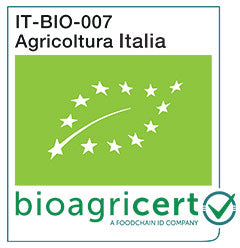How to read the label on a package of pasta

In an often hard-to-decipher food sector, the label remains the only reliable point of reference for the consumer. However, it does not always present the information that the public wants to know in a clear and understandable way, often causing confusion.
According to a study conducted by the Immagino GS1 Italy Observatory, 94% of Italians read product labels carefully. Specifically, 63% check the expiration date, 44% verify the origin and places of production, 31% monitor fat and sugar content, and another 27% examine the nutritional values.
To clear up any possible doubts, we have provided you with a guide on how to read the label on our pasta package so you know exactly what you are eating.
The guide
The purpose of this guide is to illustrate our processing method as comprehensively as possible, even though it is not legally required to provide such detailed information.

Wheat: Type, Origin, and Place of Milling
The label on a package of pasta sold on the market can sometimes hide pitfalls. It often happens that you find the wording "EU and non-EU wheat," which indicates the origin of the wheat in a generic way. It should be understood that the raw material could come from any member country or outside the European Union without specifying the percentages. In our opinion, this is a formulation that is not very explanatory for the consumer.
We, however, believe that the origin directly influences the quality of the wheat, which is fundamental for obtaining high-quality pasta. For this reason, we use only and exclusively organic Italian wheat, specifying the regions of origin (Tuscany, Umbria, Marche, and Sicily).
Other information that should not be underestimated and can be misleading are the phrases "Senatore Cappelli wheat" or "from ancient grains." These expressions do not always guarantee that the pasta is made exclusively with ancient grains or Senatore Cappelli wheat. For this reason, on the Fabbri pasta package, the percentage of each type of wheat used is explicitly indicated. For example, you will find "100% Cappelli pasta," "100% Timilia," "100% Farro Dicocco," etc.
Finally, in line with a 2018 Interministerial Decree from MIPAAF and MISE, we consider it essential not only to specify the origin of the wheat but also to indicate the place of milling. This assures consumers that the wheat is grown in Italy and processed in Italian mills that share our values and handle the product with the utmost care through slow and careful processing.
Type of pasta and drying method
As required by law, it is essential to specify whether the pasta is refined, semolato (semi-wholemeal), or wholemeal, in order to provide consumers with clear and transparent information about the product's characteristics. This helps customers choose the pasta that best fits their diet. Generally, both wholemeal and semolato pasta contain a higher amount of fiber, minerals, and vitamins compared to refined pasta.
At Pastificio Artigiano Fabbri, to demonstrate our commitment to preserving the properties of the selected wheat, we clearly and explicitly indicate the temperature and drying hours used during processing. Our pasta requires a drying period between 72 and 144 hours (3 to 6 days) at a temperature below 38°C. This method helps to safeguard the organoleptic characteristics (flavor, aromas, texture) and cooking quality of the pasta.
Additional information for greater awareness
Since we produce an artisanal, non-standardized product, you will often notice a range of cooking times indicated on our packaging. This is because the growth of wheat is influenced by climatic factors and soil type, leading to variability in the resulting semolina and, consequently, in the pasta making. Much like wine, the quality of pasta also depends on the quality of the wheat harvest.
Our pasta is a "living," healthy, artisanal product that requires proper storage. Our label advises storing the pasta in a cool, dry place at a temperature below 18°C with relative humidity at 65%. If these conditions are not always feasible at home, it is preferable to store the pasta in the refrigerator.
Lastly, we would like to emphasize that the artisanal nature of our product can sometimes be observed not only through the aforementioned aspects but also through the irregularity in shape, cut, and color of the pasta. We are a small, historic pasta factory where all production and packaging (including the manual application of labels) take place at our sole location in the central square of Strada in Chianti. This is where everything started five generations ago and where everything has remained exactly as it was in the past.
Conclusion
Reading the pasta label carefully is a simple but very important gesture to make an informed choice and purchase a quality product.
The information on the label, such as the origin of the wheat, the place of milling, and the processing and drying methods, will allow you to choose the right pasta for your needs and to support and value the tradition and passion of artisanal pasta makers.
